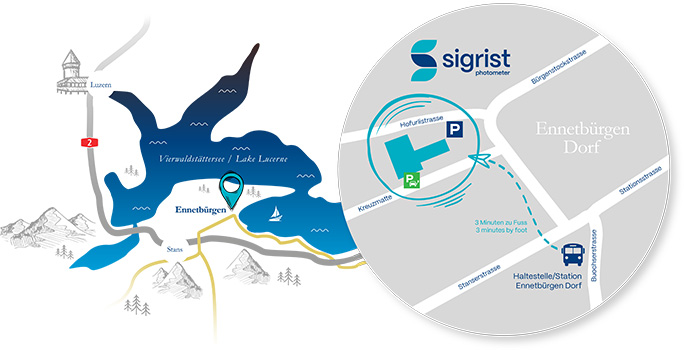Important process step in the brewery, on which the shelf life and the appearance (i.e., clarity and brightness) depend. Continuous monitoring of filtration is crucial, because immediately after this treatment step the beer is kegged, bottled or canned and then shipped.
Both shelf life and appearance are impaired by the presence of protein/tannin colloids, yeast cells, and filtration auxiliary particles. Because all of these substances create scattered light, they are susceptible to detection by photometric turbidity measurement.
SIGRIST has been equipping filtration equipment with turbidimeters for over 70 years. Originally all such instruments used the 90° scatter angle. Later it was found that the protein/tannin colloids create most of the scattered light at this angle. The yeast cells and filtration auxiliaries, on the other hand, have a larger particle size and therefore scatter the light forwards (i.e. at a smaller angle) to a much greater extent. Armed with this knowledge, SIGRIST developed a combined dual-angle instrument which detects the turbidity alternately at 90° and 25° and delivers two readings continuously (dual angle method). This tells the brewer which components are causing the turbidity, so that appropriate corrective action can be taken.
Owing to the colour compensation, all SIGRIST turbidimeters can be used for light beer as well as dark beer.
EBC (colour)

Fig. 4: Course kieselguhr filtration
Figure 4 shows the typical course of a kieselguhr filtration. The ratio of 90°/25° of ≤ 2/1 is typical and desirable. In the middle of the filtration, a “hard” changing of tanks can be seen, which resulted in a pressure surge and in particular in an increase in the 25° turbidity value.

